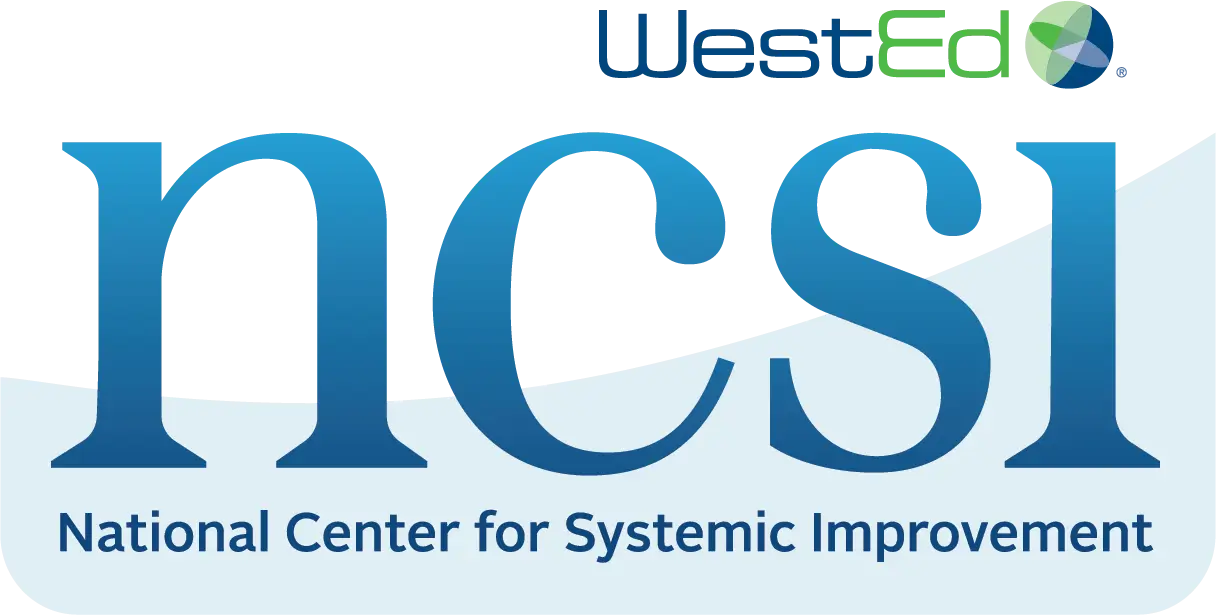Topics
Media Type
Resource Type
Audience
Content Area
Document
This tool aims to empower state educational agency (SEA) fiscal staff and enhance their capabilities by offering a framework to implement the requirements related to the allowable use of Individuals with Disabilities Education Act (IDEA) Part B federal grant funds. The decision trees will provide consistency in decision-making regarding the allowability of specific cost items.
Document
This quick reference guide supports states in understanding the IDEA private school proportionate share requirement. It outlines the requirements, clarifies the roles of state educational agencies (SEAs) and local educational agencies (LEAs) in its implementation, and provides guidance on calculating the proportionate share of funds.
Document
This tool is designed to identify the required components of a compliant federal GAN as noted in 2 CFR § 200.332(a). It is formatted as a checklist so that state staff can self-assess the compliance of their own GANs and mark off items as appropriate.
Document
SEAs typically offer LEAs incentives to support the increased likelihood of compliant implementation and improved outcomes and will sanction LEAs following the occurrence of noncompliance or failure to improve toward targets over time. States often use incentives and sanctions (often on a continuum of increasing intensity) to influence LEA actions related to annual determinations, progress […]
Document
This quick reference guide helps states understand the excess cost requirement. It explains what excess costs are, how to calculate and meet the requirement, and more.
Document
This practice guide is designed to help states develop high-level written procedures for subrecipient fiscal monitoring. Specifically, this document provides states with guiding questions, sample language, and applicable resources to consider when developing written subrecipient fiscal monitoring procedures. The practice guide may also be useful in determining if existing state procedures address the recommended content […]
Document
Fiscal management is a critical component of a state’s general supervision system. This quick reference guide will help states understand the components of an effective IDEA Part B subrecipient fiscal monitoring system: assessing risk, conducting monitoring activities, evaluating results of audits and monitoring activities, and remediating deficiencies through corrective action and enforcement measures.
Document
Spending federal funds within the allowed timelines is essential to meeting the purposes of IDEA but can be a challenge for many states. This quick reference guide will help states deepen their understanding of obligation and liquidation requirements and timelines, the grant funding cycle, and oversight responsibilities.
Document
The Proportionate Share Tracker is designed to assist SEA staff to track and document their general supervisory responsibilities for LEA implementation of the requirements for parentally-placed private school children with disabilities including calculating proportionate share amounts and determining whether LEAs are meeting proportionate share requirements. It also includes an LEA template states may use to […]
Document
The self-assessment contains checklists, reflection questions, and regulatory citations, organized by seven topical areas, to guide SEAs through an evaluation of their system for overseeing the IDEA requirements related to parentally-placed private school children with disabilities. The self-assessment will assist states to develop thorough guidance for LEAs and to help identify potential areas for improvement. […]

